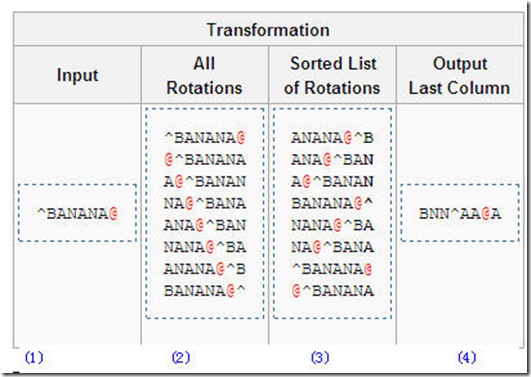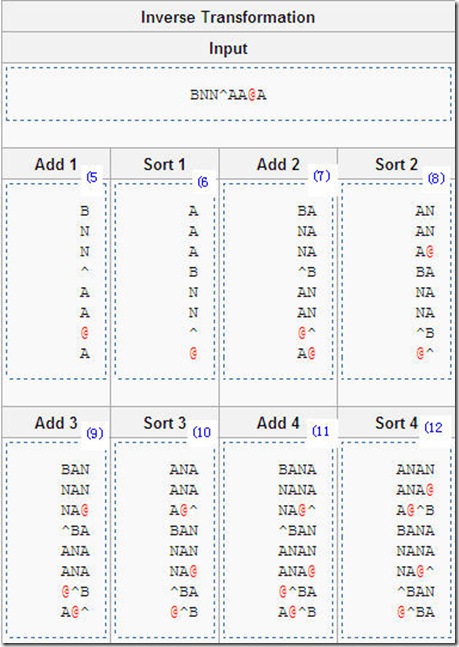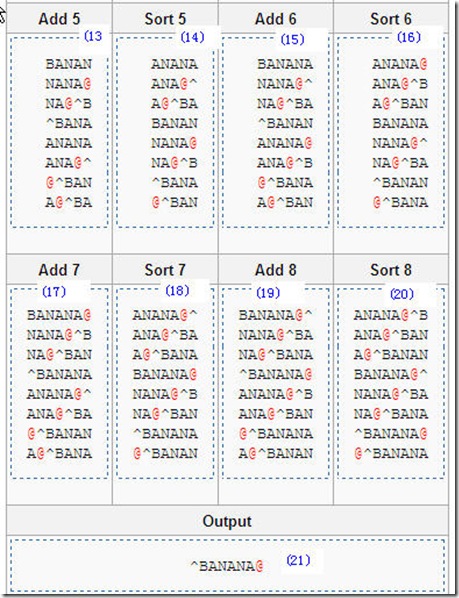Burrows–Wheeler transform
The Burrows–Wheeler transform (BWT, also called block-sorting compression), is an algorithm used in data compression techniques such as bzip2. It was invented by Michael Burrows and David Wheeler in 1994 while working at DEC Systems Research Center in Palo Alto, California.[1] It is based on a previously unpublished transformation discovered by Wheeler in 1983.
When a character string is transformed by the BWT, none of its characters change value. The transformation permutes the order of the characters. If the original string had several substrings that occurred often, then the transformed string will have several places where a single character is repeated multiple times in a row. This is useful for compression, since it tends to be easy to compress a string that has runs of repeated characters by techniques such as move-to-front transform and run-length encoding.





 浙公网安备 33010602011771号
浙公网安备 33010602011771号